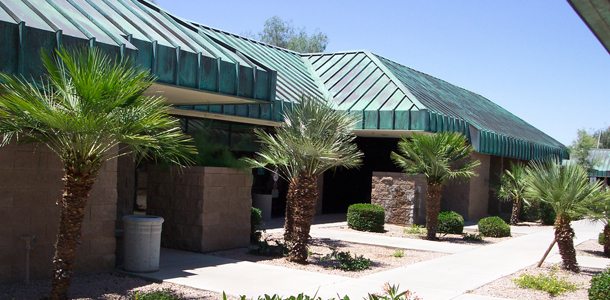Colliers International in Greater Phoenix released its third quarter 2016 Medical Office Market Report for Greater Phoenix. The report indicates that older medical office buildings are no longer optimally functional and have put a drag on the market.
Vacancy of Medical Office space in Greater Phoenix dropped slightly in the third quarter. The vacancy has improved 120 basis points in the past 12 months, with the majority of improvement seen in off-campus properties.
Net absorption of medical office space was positive, but just 58,000 square feet in the past three months. This is the lowest quarter for net absorption in more than a year.
Rental rates ticked slightly higher during the third quarter, but improvement was modest and focused in off-campus buildings. The easing pace of tenant demand is slowing the rate of rental rates.
Investment activity during third activity showed improvements in condo building sales and a slowdown in sales of traditional medical buildings. Quarterly pricing trends were uneven, but 2016 prices are still higher than in 2015.
One reason for slowing vacancy improvement is that older space constructed prior to 2000 was designed for smaller, private practices. Since the Affordable Care Act was implemented, Colliers has seen practice consolidations that require larger suites. Smaller spaces in older buildings are proving difficult to lease, leading to higher vacancies in these buildings. The vacancy rate in buildings constructed before 2000 is nearly twice as high as those built during this millennium.
The Greater Phoenix medical office market will continue to benefit from growing population and an expanding labor market. Net absorption has been positive as a result of tenant growth. Demand is picking up well in suburban markets such as the East Valley and West Valley, which has spurred new development. The recent election has increased uncertainty about the future of healthcare, but traditional local drivers of medical office demand should remain in place.




